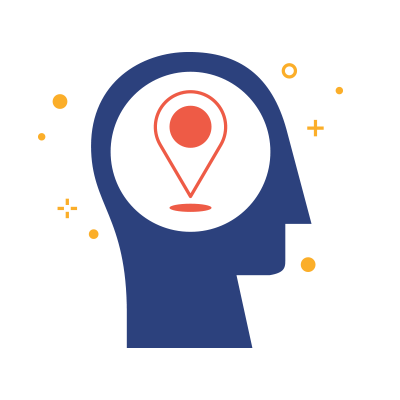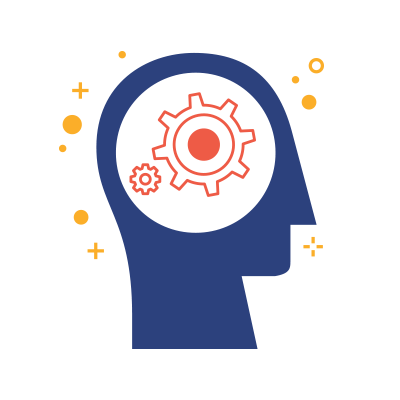What does pressure feel like? Is it tension in your body? A headache that won’t go away no matter what you do? Is it a queasy feeling in your stomach or a looming fear of what may happen if you don’t perform up to standard?
However you define pressure, if it’s become a constant in your life, chances are it’s wreaking havoc.
What can you do?
Plenty!
While escaping all of life’s responsibilities may not be realistic, there are things you can do to make these responsibilities FEEL less burdensome and evoke less of a stress-response.
First thing’s first: Below are a few simple tips you can use immediately to reduce your level of physical and mental tension:
• Go for a walk outdoors and feel yourself invigorated by the fresh air and sunlight- choose a natural setting, somewhere picturesque, away from loud city traffic, if possible.
• Take 10 deep, cleansing breaths; imagine breathing in fresh energy on the inhalation and picture tension leaving your body with every exhalation.
• Give yourself a head massage with your fingertips for immediate relief from cranial tension. Use the pads of your fingers and work the entire surface area of the head. Use the index and middle fingers side-by-side to make slow circular strokes at the temples for extra relaxation.
• Take a time-out to engage in a short open-awareness meditation. This meditation style calls for you to simply relax, close your eyes, and allow yourself to breath easily while maintaining a gentle awareness of the thoughts that enter your mind without holding onto them. As thoughts arise, you are to notice them, without judgement or attachment, and then let them pass out of your awareness. In this way, you are neither trying hard to prevent thoughts nor to hold thoughts. You are just noticing them coming and going.
Next, create a 3-Step Plan for avoiding tension buildup:
Identify tension triggers, which can be defined as
a certain task, person, time of day, thought, etc. that makes you tense
Find a way to avoid/delegate/ or reduce the impact of the trigger
•AVOID: literally, AVOID this trigger
Example: “Taking Maple Avenue to work always stresses me out.”
Solution: AVOID taking Maple Avenue to work.
•DELEGATE: identify someone who can take over this trigger for you
Example: “Always being the one to deliver the bad news to the boss on Fridays makes my stomach churn.”
Solution: Delegate others in the office to take turns giving the end-of-week report.
•REDUCE THE IMPACT: reposition when this trigger occurs during the day, reposition other positive support measure around the trigger
Example: “My whole body feels tense after a long, focused day in front of my computer.”
Solution: Build in mini breaks (you can set the timer on your phone) to get up from your desk to walk around, get a cup of water stretch and let your eyes take a break from the screen. On these days, commit to taking lunch away from your desk, or, at least away from your computer monitor.
3. Rename and reframe the feeling
Tension is real, and it is the by-product of stress. Stress is also real but it is dependent upon our reaction to the world around us.
We have a conscious choice in how we respond to our world.
We can choose stress or we can choose to challenge stress.
I am not suggesting that this change will occur overnight, it must be practiced repeatedly, just as with any new habit we wish to develop.
The next time you notice yourself having a knee-jerk response to a situation that involves a negative, stress-based reaction, CHALLENGE it!
Ask yourself:
Can I be intrigued by this instead?
Can I be amused by this?
Can I see this as a game or as part of a game or as a twist in a game?
I encourage you to get creative! Don’t keep allowing yourself to run into the “stress ditch.” You’ve been there, you know what it feels like. It’s time to travel to other places. Remember, you have the power to chart the course from here on out!







